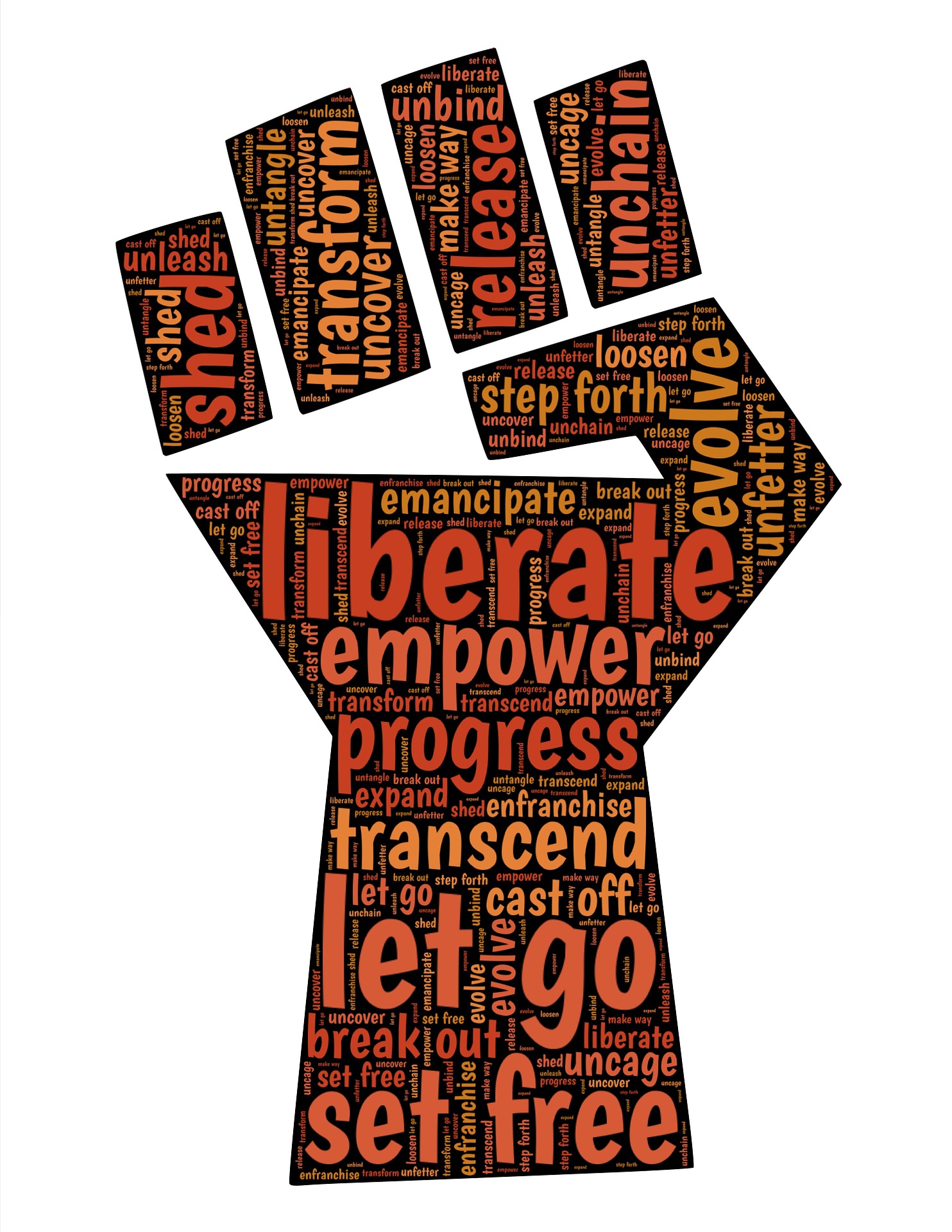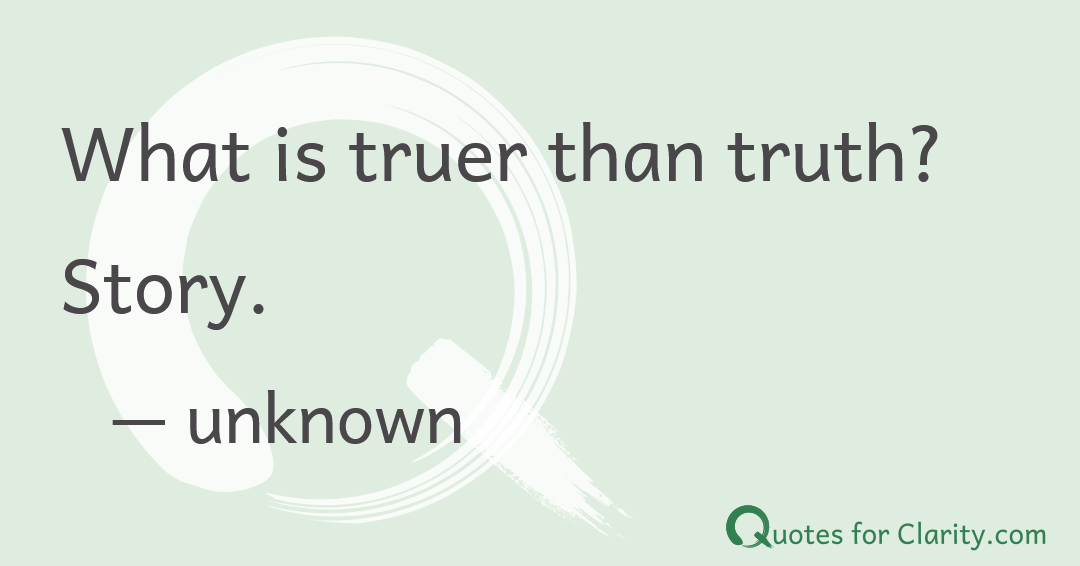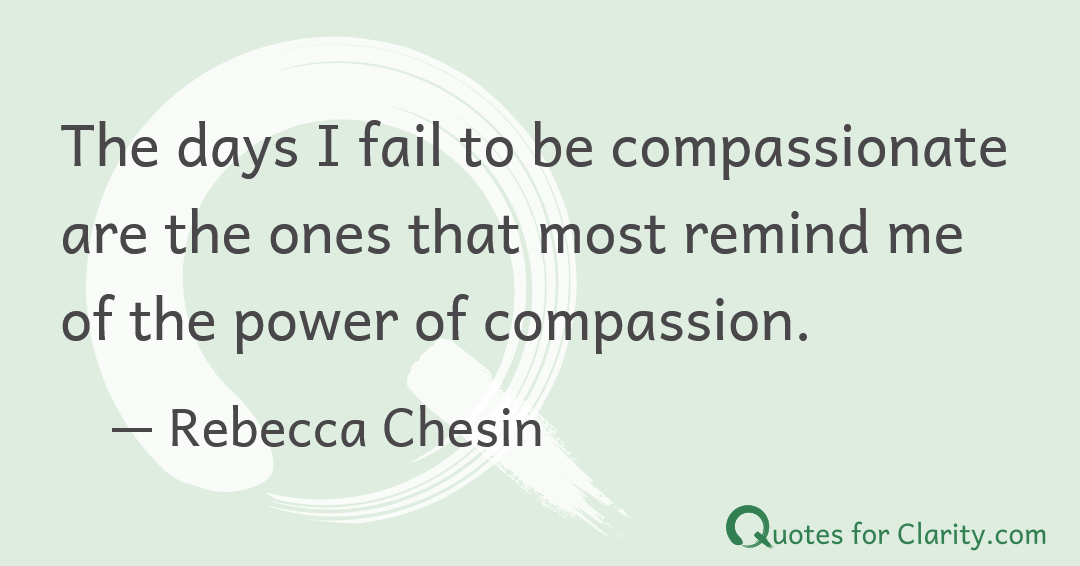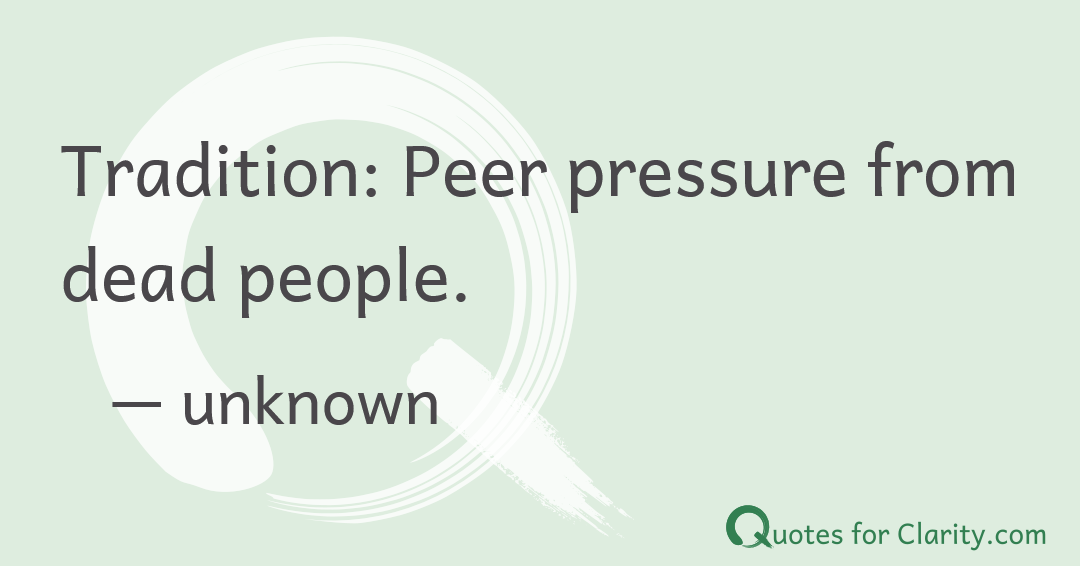
To forgive or not to forgive?
Sometimes clients want to talk about someone who’s hurt them.
Maybe it was a long time ago, maybe it was recently. But something about the hurt is keeping it fresh, almost alive for my client.
In such cases, we talk about many aspects of the hurt; we thoroughly process the experience. And, sometimes, even after all that work, they client will still say they can’t bring themselves to forgive the one who hurt them.
Here’s what I try to explain…
To forgive is not to excuse someone for their hurtful behavior. Like a business forgiving a bad debt to resolve its ledger, you can make a practical decision to write it off, i.e., to forgive. This is entirely for your benefit, not the other person’s.
Think about the price you pay to hold onto this debt. What would the other person have to do to settle their account–take responsibility, apologize, regret their action, make restitution, acknowledge the pain…? Now, how do you rate the chances of that happening?
If you think one of these is likely to happen, then by all means let the person know – firmly and calmly – what you want and give them a chance to step up.
If your rating involves a snowflake and a certain legendary location, you still have options for healing.
First, you have to take an honest look at this question: Do you receive a positive benefit by keeping the wound open? Some people don’t want to forgive because they think the next step is forgetting and they’re afraid that will leave them open to being hurt again.
So, you don’t forget. You can forgive and remember. The debt gets declared a loss, which means you get a karmic tax write-off. It’s still there in your trust ledger to remind you to watch out for similar raw deals in the future. (Just keep in mind that everyone’s different and don’t make others pay for the transgressions of one person.)
Once you know what benefit is keeping the pain fresh, you can take steps to resolve the situation by finding a way to have the benefit and letting go of the hurt. That’s the kind of forgiveness I want for my clients.
One technique is to imagine the other person doing what you think would reasonably pay off their debt. Visualize them in Technicolor, acknowledging your pain, regretting their actions, asking you for forgiveness. If they aren’t capable of doing it themselves, you can do it for them by proxy.
If you imagine it believably and vividly your brain will be able to recognize the truth in it, and begin recovering. (Really. Studies bear this out.)
By the way, did you notice that I didn’t call the other person “the one to blame,” “the guilty party,” “culpable”, or “at fault”? This is one instance where I’ve found that labeling the other person tends to maintain the emotional reactivity.
Remember, you’re not letting the other person off the hook.

You’re setting yourself free. And that’s a wonderful thing to do.

“Forgiveness is like a brilliant beautiful sun that is totally hidden from sight behind dense clouds of hurt and hatred. One cannot demand of the sun to shine through. One can only work at clearing away the clouds, and then, that very sun of love, gratitude and forgiveness shines through brightly of its own accord.”
~ Chogyam Trungpa Rimpoche



